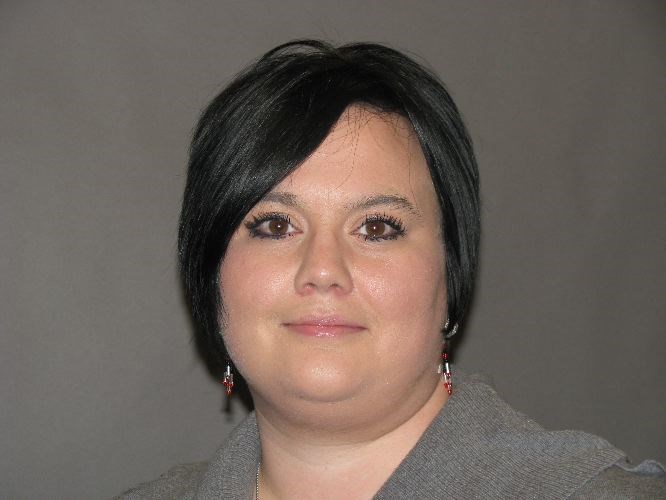Tucked away in a wing of what is now the Aboriginal Choice School (ACS) can be found the nerve centre for School District 57's efforts to make the district-wide public education system better tailored to Aboriginal needs and concerns.
Located in a wing away from the school's student population, it was launched at the same time Carney Hill elementary school was re-opened in September as the ACS.
About 170 students are attending the ACS but given that 25 per cent of the 13,500 students district-wide self-identify as Aboriginal, the Aboriginal Education Department (AED) has a big area and a large number to serve.
Rest assured, there is a plan in place.
The department has developed five "learning foci" -- youth leadership, rediscovery, restitution and restorative practice, elders and indigenous knowledge, and culture and language -- an over the next several years they'll will be integrated into each of the city's "family of schools" as defined by each high school and the respective "feeder" elementary schools.
Taking the example of youth leadership, Aboriginal liaison officer Shelly Niemi said the component has been assigned to the College Heights and D.P. Todd family of schools for the 2011-12 school year.
An AED worker responsible for that youth leadership will go out to the schools to work with teachers and students to establish a "foundation" of opportunities.
"What we've realized is that yes, we want to have youth leadership in every school across the district but we need to be able to do this at small scales to get it up and running and be successful," Niemi said.
Once in place, a new foci can be cycled in the following year.
Several other programs and services are in place to help schools make the most of those foci.
Grants were provided to the Aboriginal learning teams in each school on a proposal basis.
"We had probably 22 learning foci grant requests come into the department this year," said Niemi. "One said that we would really like to take a look at our Grade 3 science curriculum and link it to traditional plants and medicines and we want to sit down with the elders to help develop this curriculum.
"These are innovative little things that are happening in pockets all around."
Another initiative is an advisory council made up of a dozen elders who meet once a month to look at ways to help elders become part of the school communities.
"We really want the knowledge that they provide," Niemi said. "We look to them for our stories and our history and our oral language and all of these pieces."
Also to that end, an "elders database" is being built that provides teachers a biography and the skills and abilities each elder can bring to the classroom -- from crafts to traditional medicines to preparing traditional food.
Group and afterschool programs are also coming into play.
"Land-based" culture camps will be held in June and late August -- just before school begins.
"We really want to provide opportunities for these kids to build on their self-identity of who they are and get those good feelings right before they come back to school," Niemi said.
There are also five Aboriginal social workers within the department who work with the students and their families and looking at ways to get young children off on the right foot before they have even begun school through such initiatives such as the StrongStart program.
In keeping with the choice philosophy, both the ACS and the programs in the rest of the schools are open to everyone, Niemi said.
"There's a lot of good stuff going on and it's been a very innovative, exciting year for us," Niemi said. "It's about bringing opportunities for kids and good things are happening for them."



